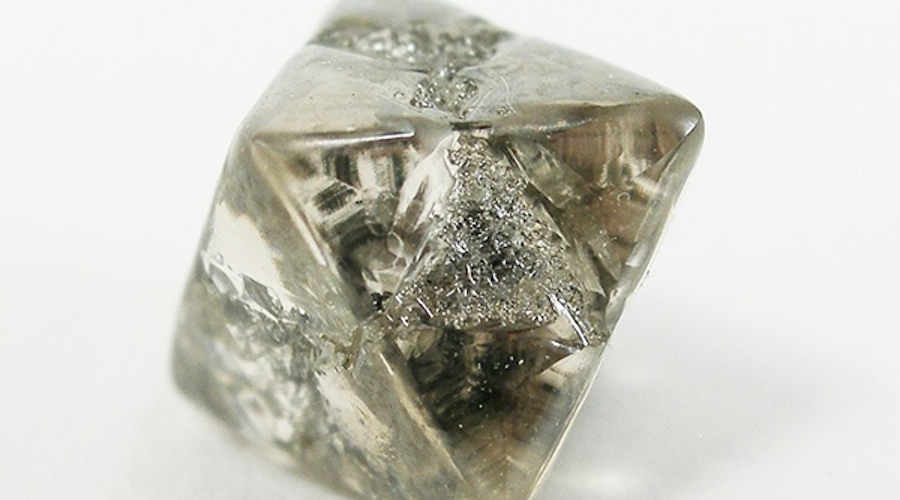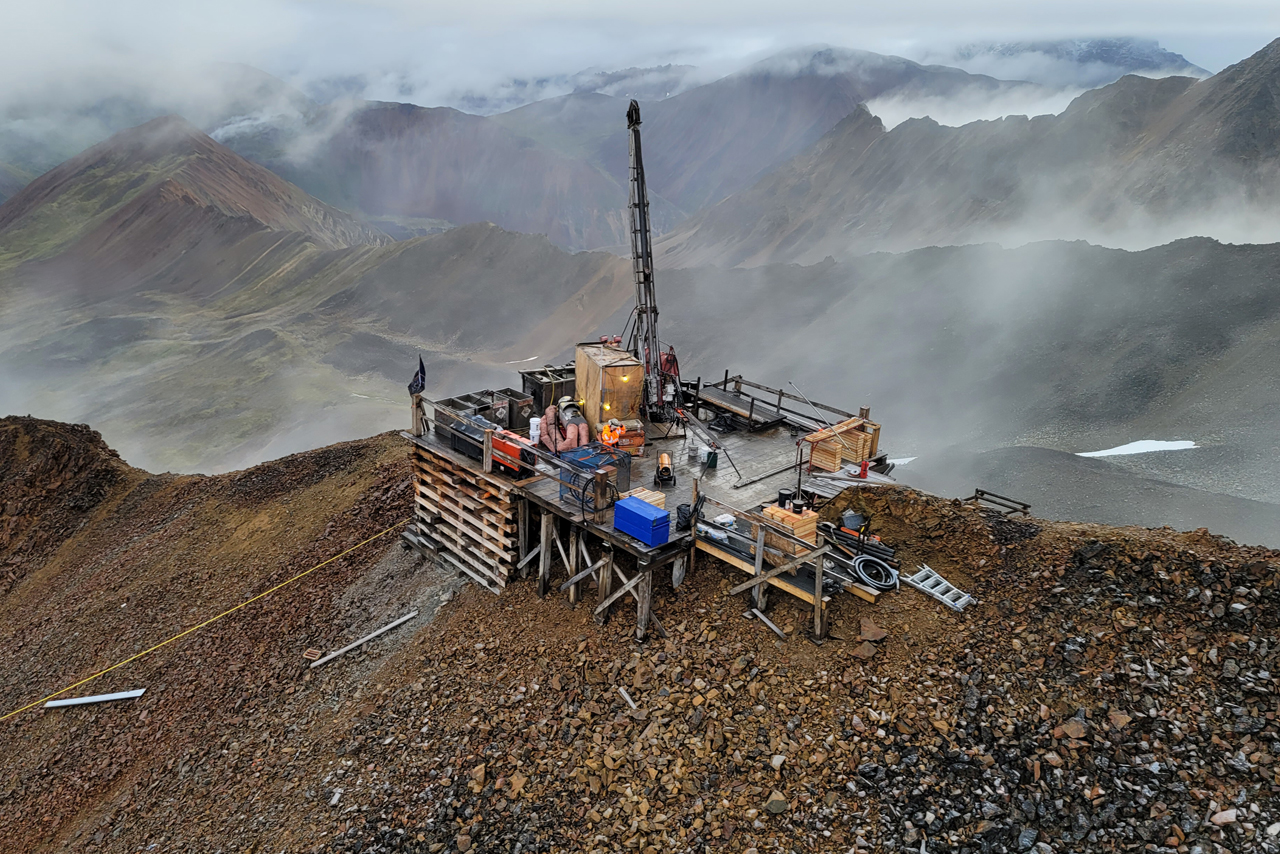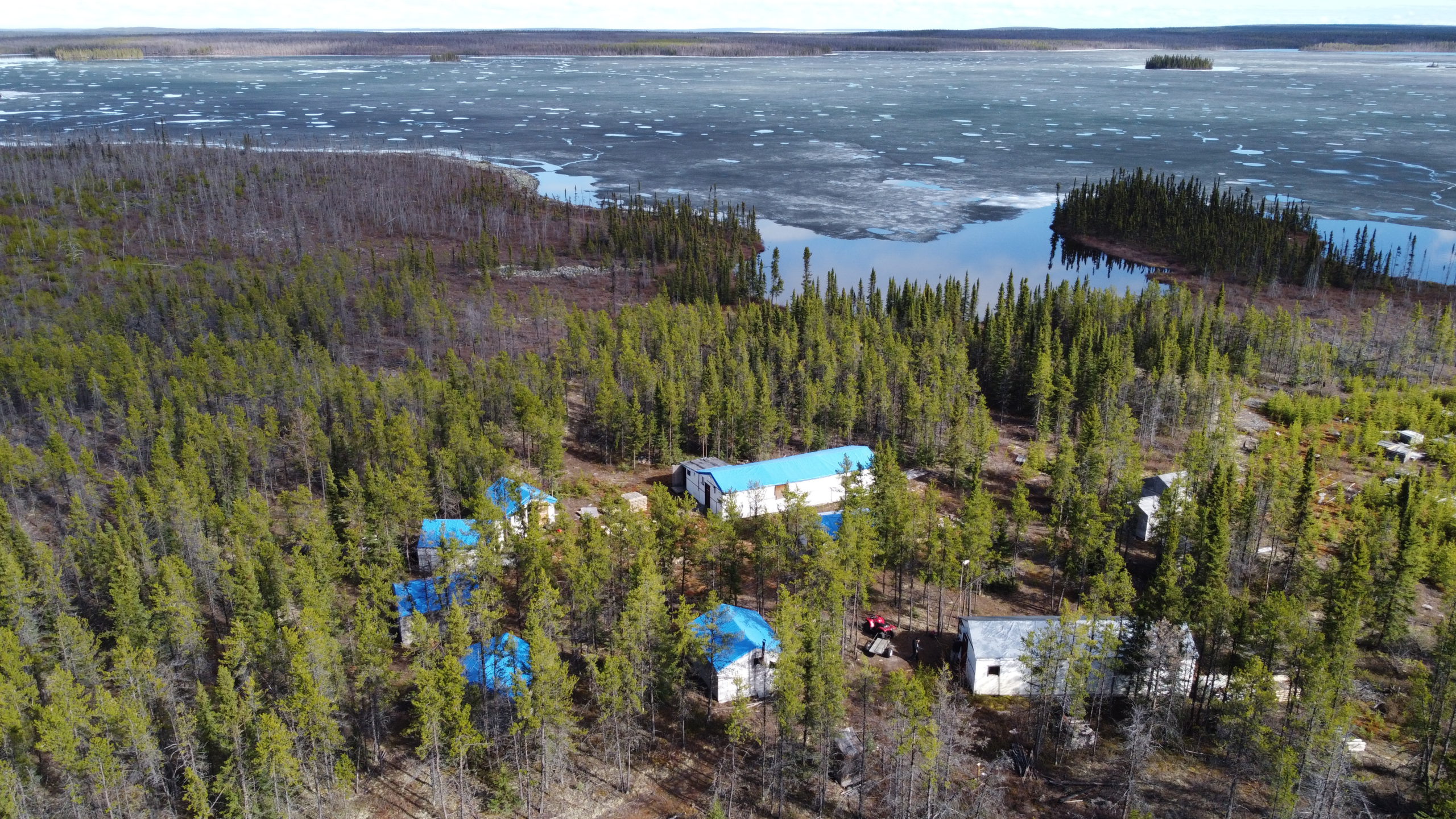“Don’t go to Paluma and start looking for them. Even for us, it was very difficult to find them,” Ioan Sanislav, co-author of the study, said in a media statement. “We had to analyze many, many thin sections of rock, and to prove the diamonds were there, it took about a year-and-a-half.”
Sanislav explained that metamorphic diamonds are formed in subduction zones when two land masses collide, causing the edge of one tectonic plate to descend below another and sink deep within the earth’s interior.
The process of metamorphism, which takes millions of years, generates a massive increase in pressure and temperature as rocks, once at the earth’s surface, descend to the mantle before coming back up in the form of metamorphic rocks containing the tiny diamonds.
As the super small diamonds are different from the more commonly recognized diamonds initially formed in the earth’s mantle, the researchers had to use a special Raman microscope to identify them. The device works by shooting a laser beam onto a rock sample which can then be used to determine the presence of minerals contained in a rock.
“The light then gets scattered and each mineral has a characteristic response, which gets back to the detector,” Sanislav said.
Until he and his colleagues confirmed the find near Paluma, there were only six other locations in the world where metamorphic diamonds were known to exist, ranging in size from microscopic right down to nanoscopic.
“In some places, there are metamorphic diamonds which you can’t even see with a microscope. You just see a reading in the rock which indicates they are in there,” the scientist said.
Sanislav noted that he was drawn to investigate the presence of metamorphic diamonds in the Clarke River Fault due to the work of a former student, who found evidence suggesting the rocks there had potentially experienced high-pressure metamorphism.
“This discovery will influence our understanding of the tectonic models and how the eastern coast of Australia formed,” he said.




